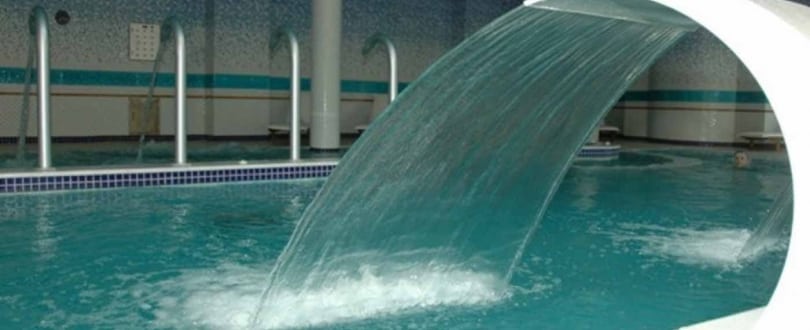
Spa Baths – Useful Instructions for Bathers
"He forgot the back of his hand» (ancient inscription, baths of Hypatis)
Before entering the bath
Before you start for thermal baths, be calm, rested, in a good mood, having left behind problems and sorrows.
The doctor of the baths will give treatment advice and inform you about any contraindications in case of any health problem that does not allow the use of thermal baths. If any reaction or malaise occurs during the hydrotherapy (baths-inhalations), it must be reported immediately to the doctor of the baths.
Bath therapy should be done on an empty stomach or after digestion, after three hours have passed since the last meal.
During the bath therapy
Immerse your whole body in the water up to the neck doing exercises that help to relax the muscles, but being careful not to get tired during the bath. The feeling of lightening the weight combined with the heat of the water, allows freedom of movement in the joints, while the hydrostatic pressure helps with breathing. During the bath therapy, a varied and proper diet with fresh foods must be followed. A treatment cycle includes 10-20 baths and should not exceed one bath per day. The water temperature should be 32The -38The C and the duration of the bath should last approximately 20 minutes. After the bath therapy, you must rest for about half an hour. Many times during the spa therapy there is an exacerbation of the symptoms related to your illness.
After the end of the bath therapy
During the bath therapy and a few days after its end, washing should be avoided in order not to remove the thin layer of mineral salts deposited on the skin. It takes about 20 minutes for the body temperature to return to normal levels. By drinking hot thermal water, you replenish body fluids lost during bathing.
CONTRAINDICATIONS FOR HYDROTHERAPY
A. CONTRAINDICATIONS FOR BATH THERAPY
- Uncompensated heart diseases, with stasis phenomena and edema of the lower extremities – advanced arteriosclerosis especially of the cerebral vessels. Recent cerebral haemorrhages, thrombosis of vessels before the arrival of at least 6 months from the attack.
- Coronary artery insufficiency (angina, heart attack) with frequent attacks or severe myocardial damage.
- Bleeding of various organs – severe forms of diabetes with obvious weakening of the organism. Active tuberculosis. Malignant neoplasms. Severe nervous and mental diseases. Pregnancy after the sixth month.
- Fever condition. Infectious or contagious diseases in active phase.
- Severe hypotension. Malignant arterial hypertension.
- Bath therapy is also interrupted:
- When an exacerbation of the chronic condition occurs during the baths
- During the days of menstruation and
- When this is not well tolerated by the bather
B. CONTRAINDICATIONS FOR POSITIVE THERAPY
- Kidney or bladder stones with frequent attacks or hematuria or with massive stones, nephritis, pyelitis or cystitis in acute phase.
- Gallstones with frequent colic or large stones, cholecystitis in the acute phase, recent stomach or duodenal ulcer.
C. CONTRAINDICATIONS FOR INHALATION THERAPY
1. Diseases of the respiratory system in the acute phase.
2. Kidney, liver and heart failure.
3. Diabetes mellitus.

No Comments